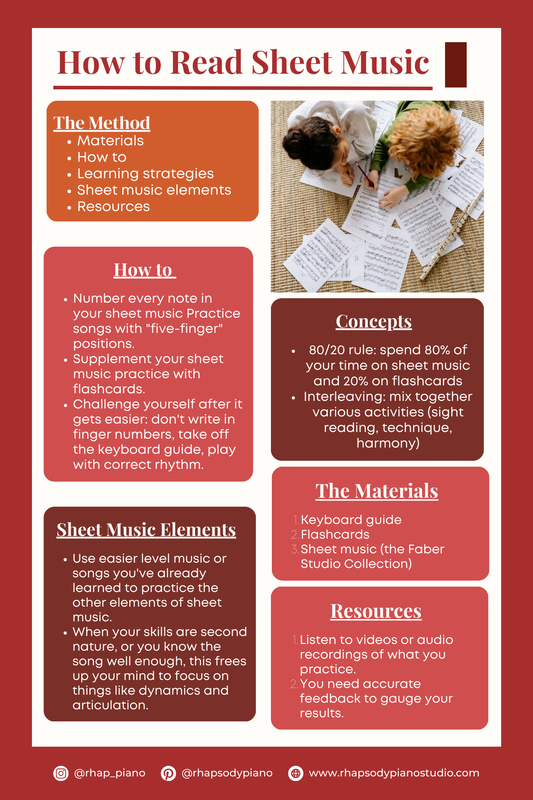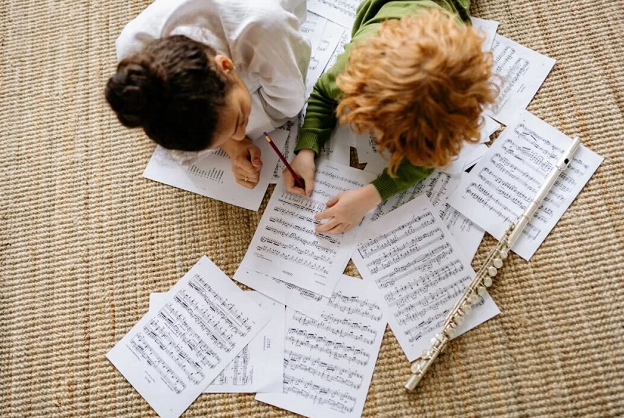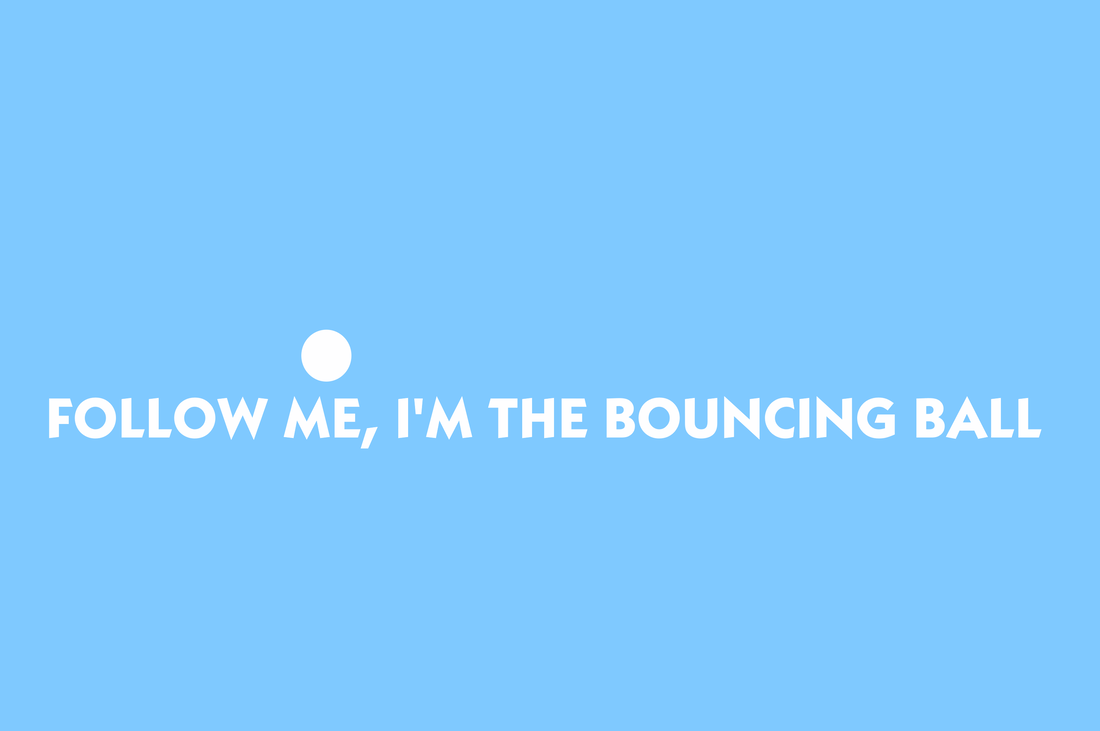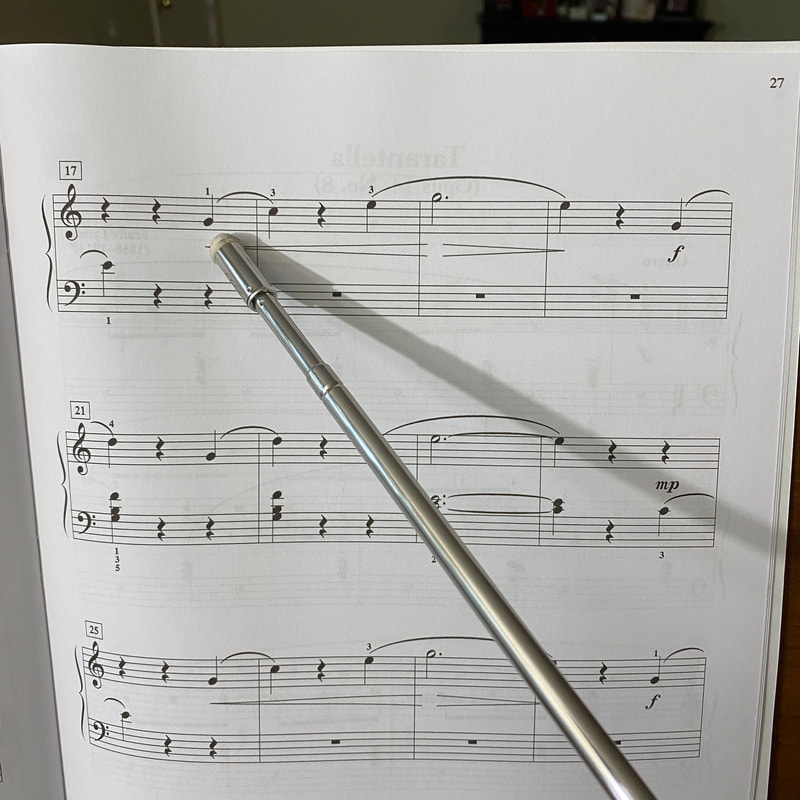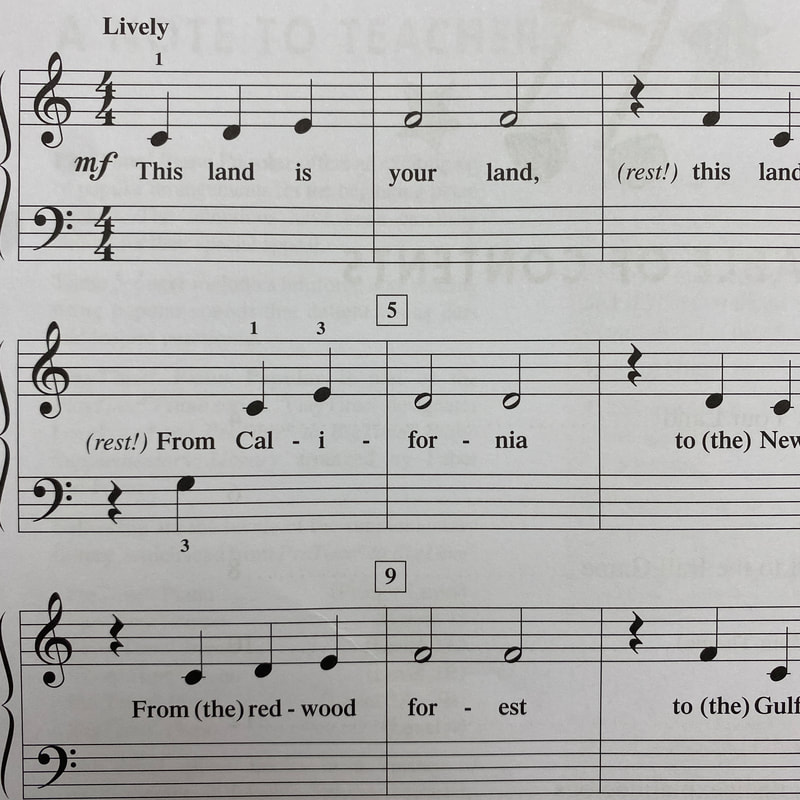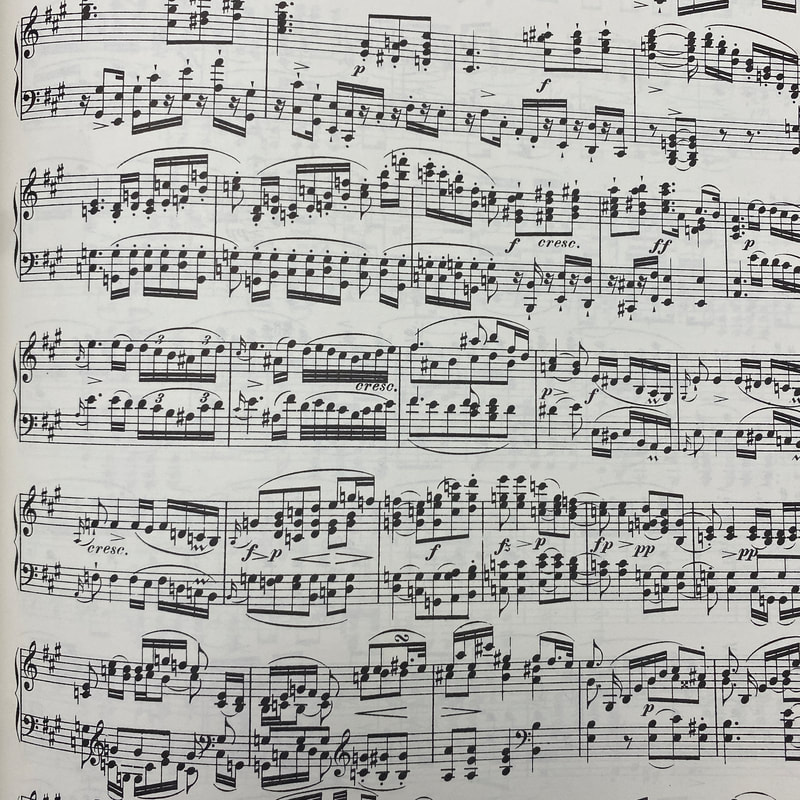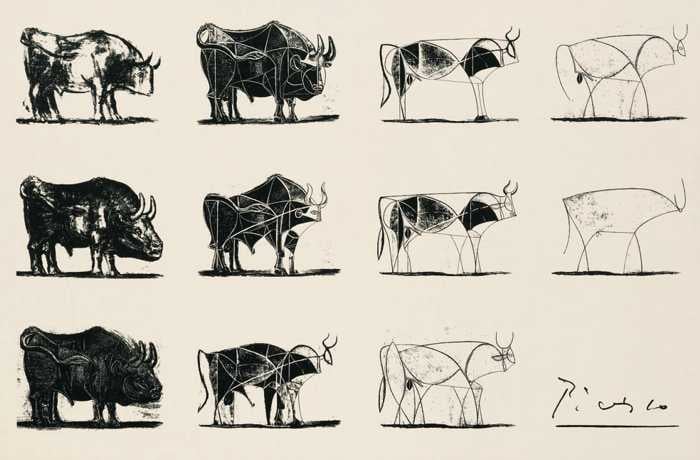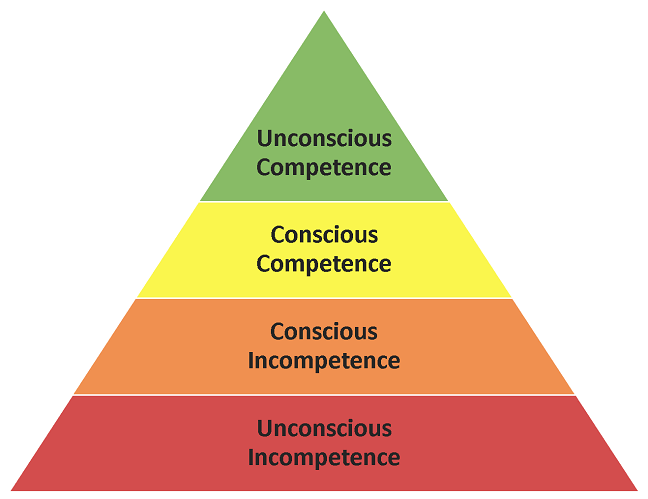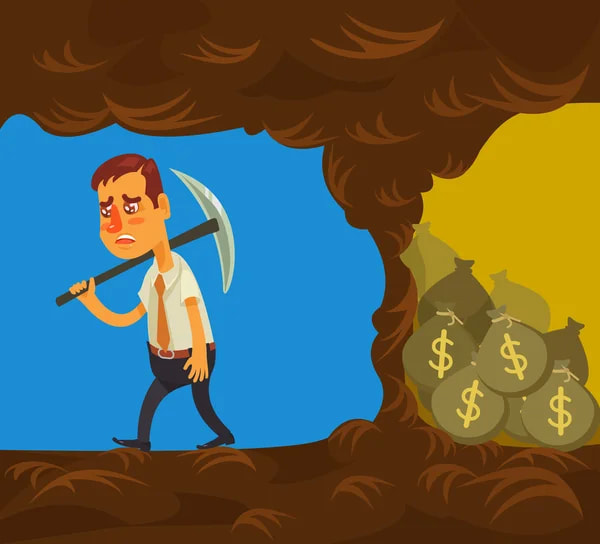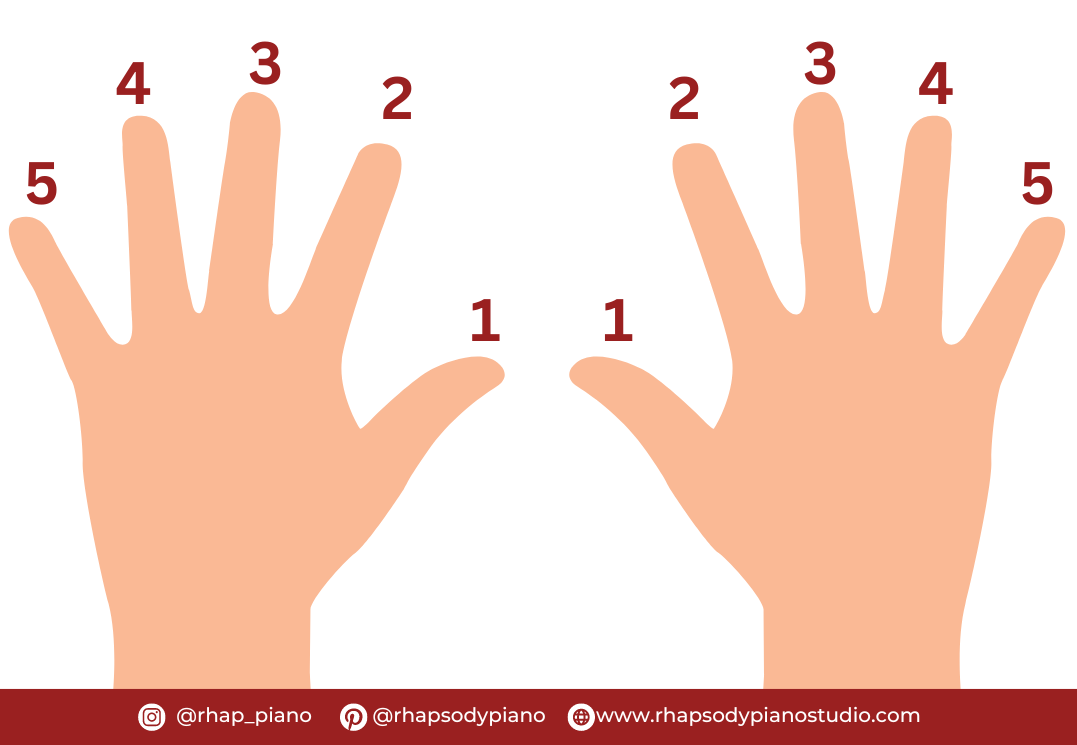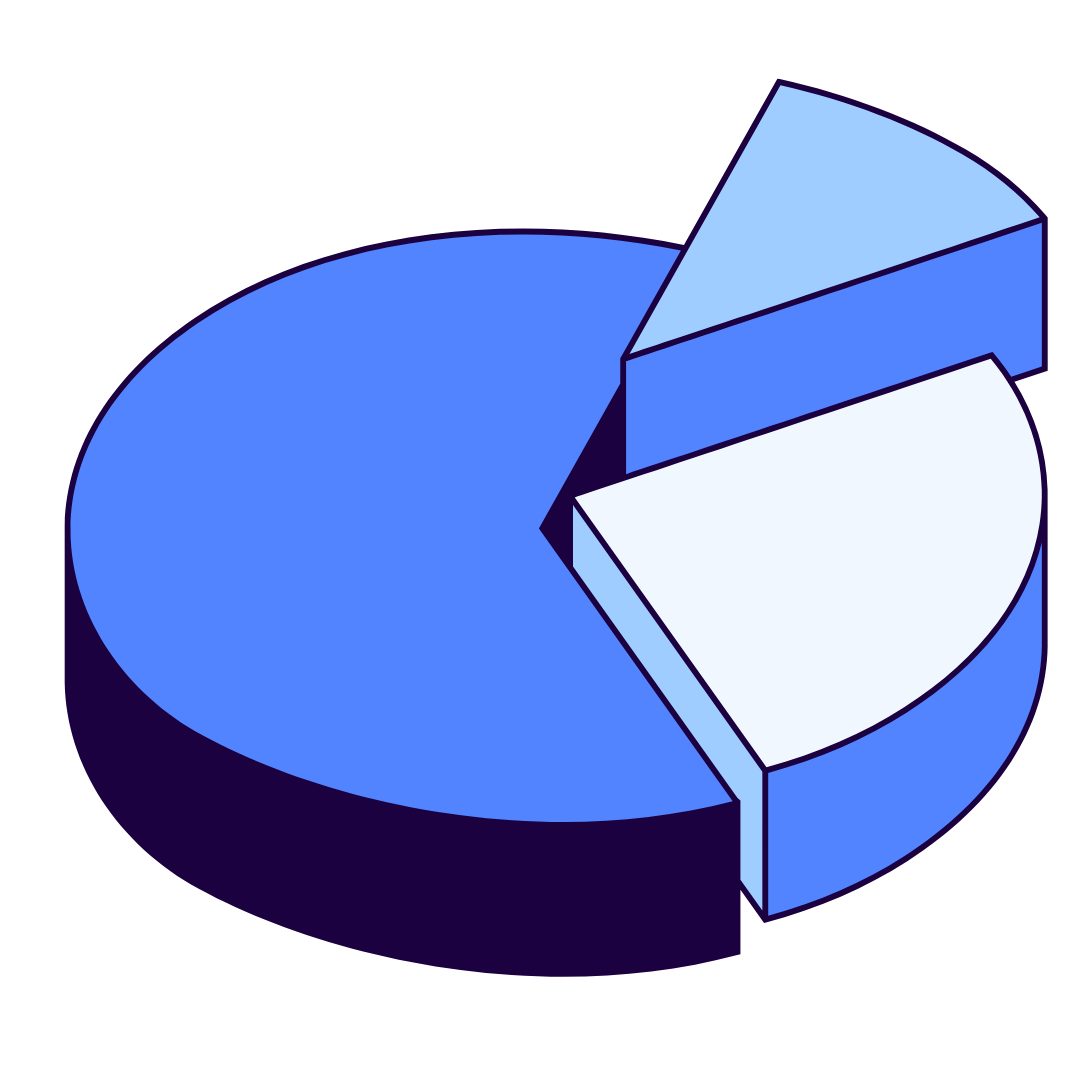|
This article contains affiliate links... If you choose to purchase, this means I receive a (very) small commission at NO EXTRA COST to you!
Note: Make sure you also read the last post after today's article, apply what you learn in both articles together.
I've heard a lot of things throughout the years about sheet music, mainly from misinformed subscribers on my YouTube channel. "Reading sheet music is too hard, it's impossible to learn by yourself." Yet reading sheet music is a skill anyone can learn, you don't have to be born with it. There's no secret, just a better way. "Whatever. You just need to play by ear." Don't get me wrong, playing by ear is a valuable skill - I'm trying to get better at this too - but it's not meant to replace sheet music. It's supposed to be an additional ability to stack onto the skills you already have. "But playing by ear is so much easier than reading sheet music." This isn't true either. Think about it, you can begin playing immediately with sheet music, whereas when you play by ear you have to recreate everything you hear. Sounds way harder to me. There's also more guesswork involved with listening, whereas sheet music that's professionally, and faithfully, transcribed is 100% accurate. Besides, what do you call a person who can't read? ILLITERATE. Why put yourself at a disadvantage? I'm not going to sugarcoat it: learning to read sheet music is hard. But with preparation and understanding, it's completely within your reach. So here's a rundown of what you'll learn in this article:
For simplicity's sake, I'll not only refer to sheet music as both reading and playing, but also at its most basic sense: a rudimentary level of note reading.
For now, forget about time and key signatures, dynamics, symbols, phrasing and everything else.
Theory comes later. After reading today's article, you'll understand this has more to do with lack of understanding about the true process of reading sheet music - and the proper mindset to get there. It's a long road to reading sheet music and the worst thing you can do is expect short-term results. For a while, you're going to feel like a fish out of water. But if you dedicate yourself to the longterm, I promise you'll see results. Just keep going and you'll reach that one, sweet day where everything clicks for you.  How to Read Sheet MusicWhy People Avoid Sheet Music
Before we get into why sheet music is so friggin' challenging, and what to do about it, let's talk about why piano players avoid sheet music in the first place.
I believe it boils down to 2 things:
Misbelief
The reason we're brainwashed into thinking we need theory to learn piano has to due with our school conditioning.
Because what matters in school? Grades, just grades. And if you're not up to par? They batter you with homework assignments. So we naturally grow up thinking we need an instruction manual, a set of problems to solve with pen and paper, for everything we learn in life. No wonder we apply this standard to sheet music. You might be wondering what the problem with that is - it's because there's no equation for reading sheet music. It's is a hands-on process, there's no magic formula. You gain this skill through intuition, experience. And this presents problems ... because there's no clear roadmap with a trial-and-error approach. So the typical music teacher defaults to drowning you with theory. They do this because theory is like homework, it has clearly defined criteria: just do your problems and correct your answers. It's all they know how to do - they don't have their own unique method. The other reason is that it eliminates uncertainty. But this is a huge error: uncertainty is inherent in the learning process. You can't solve every problem you come across by knowing everything in advance - it's like trying to ride a bike by studying statistics. Realize that theory comes after action, not before it. Studying too much of it too soon will harm you more than help you. All you need is a simple approach and hands-on practice. This requires a leap of faith, so expect to get your hands dirty. The more mistakes you make, the better. It's about taking so much action that you don't even have time to think or (over)analyze what you're doing.
Fire! Ready, aim ...
Excuse-Making
Letting go of previously held beliefs is hard enough, but what's more difficult is not getting in your own way.
I'm not saying that you're your own worst enemy, it's that our brains are wired to keep us out of trouble - and sometimes it makes us avoid what's good for us. For example, we're equipped with ancient software for modern times. So whenever we come across something mentally strenuous, we unconsciously see that as a danger and do whatever we can to avoid it. I remember trying to read a book for the first time, about halfway through the first page I started to doze off - I didn't think, wow I need more concentration. I thought, man this is so boring. And this is why most piano players gravitate to learning by ear - it's simple. Monkey see, monkey do. Not that there's a problem with that, it checks the dots: intuition hands-on The problem is when you start telling yourself you don't need to learn sheet music. Part of this is because of what we mentioned earlier, educators treating it like mathematics when it's more like experimentation. Trying to stick a square peg into a round hole. But it has more to do with ego: if you've reached an intermediate or higher level, the last thing you want to do is start over - which is what learning sheet music feels like. Yet that's exactly what it is, it's learning a brand new skill. Being good at soccer doesn't make you good at basketball. Yes, they're both sports but both require different skillsets and abilities. Instead of realizing this, the misguided piano aficionado would rather salvage his pride. Now, if you don't want to learn sheet music that's totally fine by me: just don't lie to yourself. Is it that you can't do it or that you won't even try? Hmmmmm? I really hope you understand that it's the latter. Look, no one wants to start from zero and no one wants to admit they're wrong. But there's no shortcut to the process. Learning necessitates mental effort, and sometimes (many times) you experience frustration. This isn't exactly super motivating, but who cares? What's good for you isn't always enjoyable. Broccoli is better for your health, but we'd rather chomp down on a double cheeseburger. Giving into these short-term temptations is what ruins us for the long-term. So my version of "vegetables" might be contemporary music. I loathe most of this genre, and much of what I hear I don't even consider real music. Yet I still practice it ... because it helps me become a better pianist. But some good news, later in this article I'll show you the method I've perfected and field-tested on my students over the years. You don't have to figure it all out by yourself, once you understand all the main points you'll know what you're getting yourself into.
After that, you just need a solid plan to follow through on.
 What Makes Sheet Music Hard
There are 3 things that make sheet music challenging:
Visual Tracking
From my experience teaching students, the most difficult part of sheet music is tracking visually with your eyes - keeping your place on the music score at all times.
Ever watch Sesame Street? If so, you might remember those bouncing dots that helped you sing along with each song.
So if we needed that much help with words, imagine how much more challenging it is when it comes to notes on a page.
This doesn't apply to just students or amateurs, here's an embarrassing personal vignette: I once turned pages for my wife, and a colleague, during a concert. She was performing a "four-hands" piano duet (2 people on one piano). I actually thought I was following along quite well until ... my wife started whispering to me during the actual performance. I had no idea what was going on ... until both pianists came to a dead stop. Her partner awkwardly took his right hand off of the piano and turned the page himself. Not a fun time, but I'm glad it happened - it's easier to teach people to overcome struggle when you've gone through it yourself. And no matter what you hear, music is not a universal language. You don't read music like you read a book. It's because we communicate linguistically, reading music is more like coding a program. It's similar to learning a language that isn't close to your native tongue - imagine learning Arabic or Chinese as an English speaker. Some advice: don't obsess about note-reading so much that you miss the forest for the trees. When you get to a higher level, you're not going to see individual notes anyways - you notice patterns. So ... how do I help my students with this process?
It's ridiculously simple: I use a physical, extendable pointer.
And I guarantee you that most teachers won't even consider this method - they usually believe complex problems require complex solutions.
But you know better, so here's how to do this at home - and you don't even need a piano. Listen to a recording of your music and follow each note, or musical line, using your finger as a guide. That's it. A good question you might have is how long do I have to do this? We'll answer this in the section on concepts. Sensory Overload
What compounds the difficulty of visual tracking is that there's a LOT to pay attention to (besides notes):
So when a beginning student sees this for the first time:
I know it looks more like this:
And this is just information on the page, what about all the senses involved with piano playing?
This is just with a single line of music, imagine how much more complicated things get when more notes are added in different pattern. You can't do everything at the same time.
Yet most teachers and coaches will make you do this, and yell at you for "not trying."
Instead, the solution is to simplify the process so you can focus on one single thing at a time.
It's not that there's anything wrong with doing everything at once - it's just a longer, and much more frustrating, process. I think the better option is to do less in order to get some quick wins - this way it's easier to build long-term motivation. So start with the smallest amount of information you can manage, and then gradually add a layer at a time. Here's what the basic progression looks like:
When you practice these separately, it proceduralizes more quickly (more on this later). No Clear Timetable
The last reason why sheet music is hard to learn is that it's not a linear process - you don't just consistently level up.
It's why working out is easier than eating healthy - the results are more visible (no one thinks you got that six-pack by eating broccoli). In any case, it's the element of randomness and uncertainty that makes people give up too soon - this lack of a clear deadline is why so many people can't stick to sheet music practice. This is because learning sheet music is like developing a habit - with any habit, you can't predict when it will stick. It's something that's learned rather than taught - I can do my best to guide each student at their lesson, but sooner or later they realize I can't do it for them. So realize the journey is different for everyone: some will pick it up in a few months while others take much longer. Don't focus on results. Instead, make the goal how much time you spend. You can dictate how much (high-quality) effort you put into the process, you can't control the outcome. Pro Tip
Now, it's not all doom and gloom. In the next section we'll discuss concepts that will illuminate the road ahead of you.
First, a valuable tip: start with music you already know (preferably by heart). If you practice with songs you're familiar with, then you already understand the form, structure, melody and cadence (rhythm) - at least on a subconscious level. This familiarity is what will speed up the learning process for you, since you have less to think about. Instead of a blank sheet, it's like having a blueprint to work from.
Picasso's Bull
The less you have to think about, the more action you'll take.
The more action you take, the more progress you make.  Concepts
Here are 4 concepts that will enhance your understanding of the sheet music process:
Transfer is how long it takes for one field of learning (related or not) to show results in another. If you're studying a language, this is when you're able to use all the vocabulary - previously memorized - in a real life conversation. This is why you supplement your sheet music practice with flashcards - individual notes. It's also why most of what we learn in school is useless for real life - it doesn't transfer. Proceduralization, from Scott Young's book Ultralearning, is when a skill becomes autopilot - like tying your shoes.]
Because there are many different pieces that need to lock in place, this is why sheet music takes so long to get good at - and also why it's better to do one thing at a time.
Here's how the process typically looks:
This is why it's not such a great idea to do everything at once - it will take forever for each skill to lock in. Now, if you've ever wondered why you have great days, bad days, and all sorts of days in between, I present to you The Levels of Competence.
This is why learning can feel frustrating: each time you evolve to a higher level it feels like starting over. As a beginner, you work hard to get to the intermediate stage - only to have to learn a new set of skills or wait for current skills to consolidate. But don't bemoan this fact, accept it as part of the learning process. Will there be a moment when this ends? Probably when you get to the concert pianist level - the highest level repertoire you can study. Until you get to this point, you'll frequently struggle with your material because you're discovering new, unfamiliar patterns for the first time. So when you learn these patterns, and continually learn new ones, you gain experience. Pattern recognition is what leads to expertise. This is why concert pianists seemingly learn repertoire 10x faster than us mortals, there's hardly a pattern they haven't seen before. Lastly, there's what James Clear, author of Atomic Habits, calls the plateau of latent potential. It's when you feel like you're stuck, making zero progress. In reality, you might be close to a breakthrough. This is why you should expect plenty of ups and downs, progression and regression. As mentioned earlier, it's not a gradual climb: it's more like a rollercoaster ride. Be patient and play for the long-game. Don't give up too soon, you might be one inch away from pay dirt!
But do exercise caution and notice when you really are stuck. If (when) that happens, refer back to these 4 concepts - they'll clue you in on how best to adjust your course of action.
Next, the action plan. MethodMaterials
Before you learn the method, you need the right materials.
A keyboard guide helps you locate and identify notes. For the immediate future, leave this on your piano or keyboard at all times. Supplement your sheet music practice with flashcards. Due to transfer, quizzing yourself on individual notes will help your overall sheet music reading ability. If you still haven't checked out the last blog post, read it now to learn my process.
Lastly, grab a book from Faber Studio Collection. Visit this page to learn about the benefits and pick up my free guide (a curated list of the entire collection).
Since you can listen to the material before you purchase, you'll be able to decide which level is most appropriate - I recommend beginners start at the "pretime" or "playtime" level. This collection is the foundation of my piano lessons, I've taught this to my students for over a decade - once you get your copy, you'll see why. You'll also find a huge selection of music you're intimately familiar with, a great way to take advantage of my earlier tip on choosing music you already know. Procedure
Now, the method.
Here's how I define the basic stages of learning sheet music:
On your sheet music, place a number above - and below - every single note. Read this blog post to see how to do this.
Each number represents a finger, so at this stage you'll only concentrate on playing each note with the correct finger. For this reason, start with easy enough music that only contains "five-finger" positions. Since you won't have to move your hands this means more action - and faster progress. And you don't have to consciously identify each note letter. As long as you continue to supplement your practice with flashcards, you'll learn them at a subconscious level. When things get easier, mix up your practice by:
But it's not do or die, you can go back to finger numbers or use the keyboard guide any time you want. In fact, expect turbulence. Once you get the basics down (unconscious competence), you'll begin to recognize patterns. And when you get better at pattern recognition, the next step is to learn form and structure. But this is a high level skill - many years down the road. If you get to this point, you can pick up a book on musical form or study theory. 80/20
Don't try to spend equal amounts of time on everything, unless you want to make progress at a snail's pace. Instead, use the 80/20 rule: spend 80% of your time on flashcards and 20% of your time on sheet music.
You can also flip it around, 80% on sheet music and 20% on flashcards. Experiment to see which formula gives you the best results. Once you improve, there will be more options: you can use the 80/20 rule in different ways. At the intermediate level, you can spend 80% of your time on current level repertoire and 20% of your time on easier sheet music. Practice easier music so you can continue to learn more patterns. Challenging repertoire might be good for your technique, but not your reading ability - in essence, you're practicing the same pattern over and over again (nothing new). It's also more motivating since it allows you to fortify your reading skill without having to give up your current musical projects.
Have your cake and eat it too.
Interleaving
Interleaving is another strategy to enhance the quality of your practice sessions - and it's more fun than the traditional course of action.
Instead of doing the same thing repeatedly, you mix together various activities, skills, projects, etc. I use interleaving to get the most out of my favorite pastime - reading. I have 3 or more books in my rotation at all times and whenever I get bored or lose focus, I immediately switch to a different book. This is how I'm able to effortlessly read for hours on end - only taking a break if I so desire. How to apply this in practice? If you're new to piano, purchase several books at the beginner level. When your attention wanes or you hit a wall, jump to another song or book (flashcards are always in play too). It's like taking a break from practice - by practicing something else. And due to spaced repetition you don't have to stick with a problem for long: good enough is good enough. If you're at a higher level, practice a variety of genres and easier music. Mix in other diversions like sight-reading, technique or harmony (more on this in the next section). Some Last Tips
You might be wondering, what about the other elements of music? What about dynamics, articulation and phrasing?
Solution: practice these concepts at an easier level. How easy? The basics should be on autopilot. This frees up your mental resources to purely concentrate on these other aspects. If you want to speed up this process, do this with music you've already completed (similar to the pro tip I mentioned before). It's like watching a movie twice, you notice more details you weren't aware of the first time around. Also, regularly refer to videos or audio recordings. This is because you need a form of feedback, and these resources are the most accurate ones available. Additionally, use these resources as benchmarks, so you can see how far away, or close, you are to your goals. On YouTube, there are useful features such as slowing down the playback speed and pinch-and-zoom (zooming in on the screen.) Lastly, don't forget about the Levels of Competence. Remember that you'll go through these stages over and over again as you improve. Don't fret: it feels like you're getting worse, when you're just adapting to the next level of difficulty - overcoming the plateau of latent potential.  Additional Strategies
Now, some additional strategies:
This trifecta helps by exposing you to more patterns on a visual (sight reading), physical (technique) and auditory (harmony) level. Sight Reading
Why is sight-reading useful? Since most examples are short, you can get through quite a few in a short amount of time.
This shrinks the feedback loop, which quickens your progress. When you first start out, you'll definitely make a lot of mistakes.
But keep at it - continue supplementing your sessions with flashcards and you'll get more accurate over time.
Technique
You'll practice technique: scales, arpeggios and chords. Bonus points if you do them in as many keys as possible.
These 3 exercises represent the most fundamental patterns in all of music. It's like having a blueprint for any sheet music you come across. But it's not just about how fast you can play ... Harmony
... a pianist is only as good as their ears.
To hone your listening ability, work on harmony - chord progressions, transposition or solfege. And listen to as much music as possible, it's a great way to enrich your musical vocabulary. Buena Suerte
If you had any misgivings about sheet music before, I hope this article gives you the confidence to tackle this challenge.
I'm confident what you learned today will work for you. After all, it's a process that I've repeatedly used to help my own students succeed over many years. Remember that sheet music is best learned like most skills: through hands-on practice. Learn through personal experience, not through textbooks. You don't need a perfect formula, you just need a daily commitment: discipline. You'll get it done as long as you want to. Trust yourself and review this post from time to time, since repetition is what leads to mastery.
I wish you much success.
Happy practicing!
Did you enjoy reading this today?

Your donation helps me create free content. Every dollar goes a long way! =)
0 Comments
Leave a Reply. |
Categories
All
|
